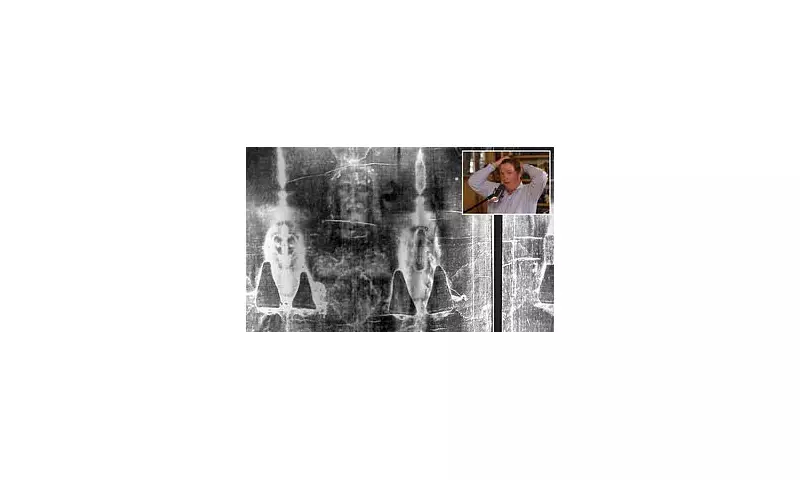
The Shroud of Turin, one of the most revered relics in Christianity, has once again found itself at the centre of controversy after American commentator Tucker Carlson labelled it a medieval hoax. However, experts have swiftly dismissed these claims, pointing to extensive scientific research that supports its authenticity.
What is the Shroud of Turin?
The Shroud is a length of linen cloth bearing the faint image of a man who appears to have suffered crucifixion. Many believe it to be the burial shroud of Jesus Christ, though its origins remain a subject of debate.
Carlson's Controversial Claims
During a recent broadcast, Carlson asserted that the Shroud was a clever forgery created in the Middle Ages. His remarks have sparked outrage among historians and scientists who have spent decades studying the relic.
Scientific Evidence
Dr. John Jackson, a physicist who led the 1978 Shroud of Turin Research Project, stated: "The complexity of the image formation process defies explanation as a medieval forgery. Our research shows it wasn't painted or artificially created."
- Radiocarbon dating in 1988 suggested a medieval origin, but subsequent studies have questioned these findings
- The three-dimensional encoded information in the image remains unexplained by modern science
- Pollen samples match plants from Jerusalem dating to the 1st century
Ongoing Research
New studies using advanced imaging techniques continue to reveal fascinating details about the Shroud. Researchers at the Politecnico di Torino recently discovered bloodstain patterns that match crucifixion wounds described in biblical accounts.
While the debate about the Shroud's origins will likely continue, most scholars agree that dismissing it as a simple hoax ignores the wealth of scientific evidence that makes it one of history's most intriguing mysteries.





